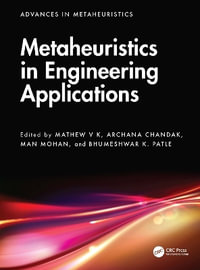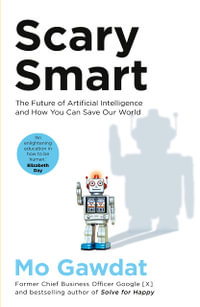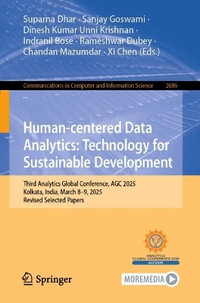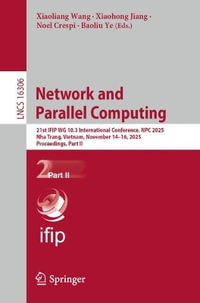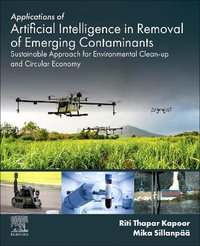
Cellular Automata Transforms
Theory and Applications in Multimedia Compression, Encryption, and Modeling
By: Olu Lafe, Olurinde Lafe
Hardcover | 31 August 2000
At a Glance
Hardcover
$249.00
Ships in 5 to 7 business days
ISBN: 9780792378570
ISBN-10: 0792378571
Series: Kluwer International Series in Engineering and Computer Science. Multimedia Systems and Applications, Mmsa 16.
Published: 31st August 2000
Format: Hardcover
Language: English
Number of Pages: 192
Audience: General Adult
Publisher: Springer Nature B.V.
Country of Publication: US
Dimensions (cm): 23.5 x 15.88 x 1.91
Weight (kg): 0.49
Shipping
| Standard Shipping | Express Shipping | |
|---|---|---|
| Metro postcodes: | $9.99 | $14.95 |
| Regional postcodes: | $9.99 | $14.95 |
| Rural postcodes: | $9.99 | $14.95 |
Orders over $79.00 qualify for free shipping.
How to return your order
At Booktopia, we offer hassle-free returns in accordance with our returns policy. If you wish to return an item, please get in touch with Booktopia Customer Care.
Additional postage charges may be applicable.
Defective items
If there is a problem with any of the items received for your order then the Booktopia Customer Care team is ready to assist you.
For more info please visit our Help Centre.
You Can Find This Book In
This product is categorised by
- Non-FictionComputing & I.T.Computer ScienceArtificial Intelligence
- Non-FictionMathematicsApplied Mathematics
- Non-FictionComputing & I.T.Graphical & Digital Media ApplicationsDesktop Publishing
- Non-FictionComputing & I.T.Databases
- Non-FictionEngineering & TechnologyElectronics & Communications EngineeringCommunications Engineering & Telecommunications
- Non-FictionComputing & I.T.Graphical & Digital Media ApplicationsIllustration & Drawing Software










